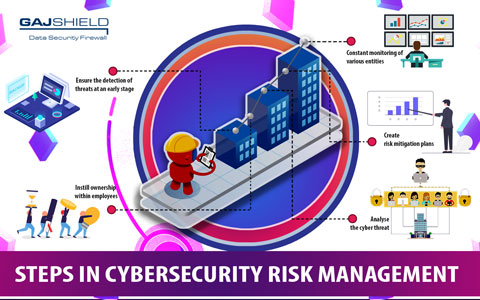
Security Information and Event Management (SIEM) is a cybersecurity tool that includes multiple systems and services to provide foolproof cyber-protection for an organisation's data networks. SIEM systems are reliable because they use a holistic approach to deal with data security issues in an organisation. An SIEM system's all-encompassing way of providing cybersecurity helps with safeguarding

5G networks carry huge potential in organizations all over the world due to their incredible speed and data transfer capabilities. Organizations are expected to use 5G networks for their work operations in a few ways. Operations in cloud storage, processing, computing, and IoT are expected to be comprehensively enhanced by 5G technology.

For organisations, cybersecurity is a non-negotiable area of investment in order to protect their precious technical and financial data along with their IP content. Risks in cybersecurity can impact organisations at any point in time without warnings in advance. Such attacks and threats can be exceptionally difficult to handle once they are successfully executed by cyber criminals. Therefore, corporations must proactively manage cybersecurity risks to prevent cyber attacks.

Just like in the real world, the phrase ‘Prevention is better than cure’ is applicable in the field of cybersecurity too. Today’s data breaches and cyber-attacks are powerful and hard to contain if they are executed to perfection. According to this IBM study, data breaches in 2020 resulted in massive losses for organisations worldwide: up to US$ 3.86 million. More importantly, another study found that the average time to detect a data breach can be up to 206 days,
Get In Touch With Us
Subscribe to our Newsletter
2025 © GajShield Infotech (I) Pvt. Ltd. All rights reserved.
